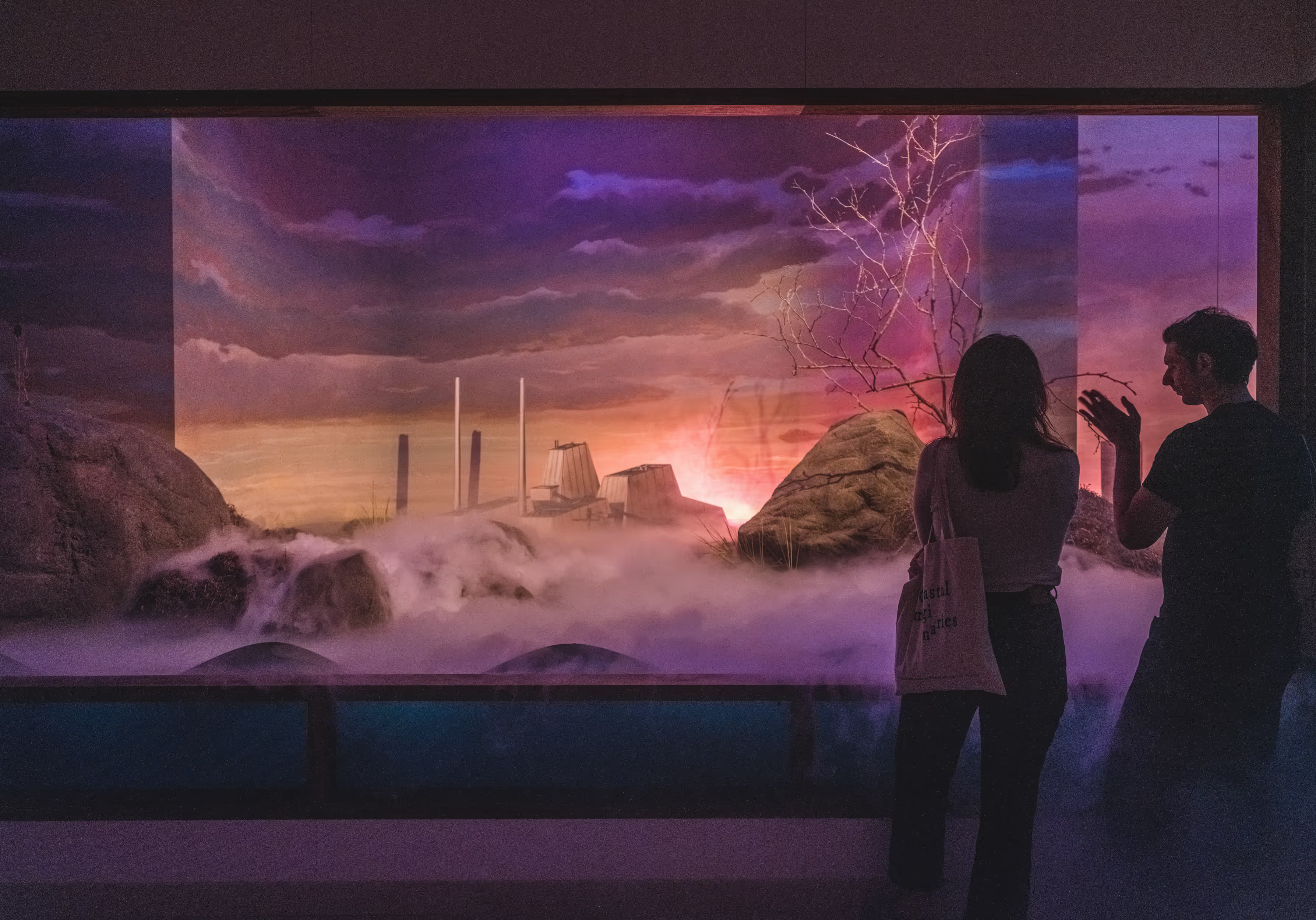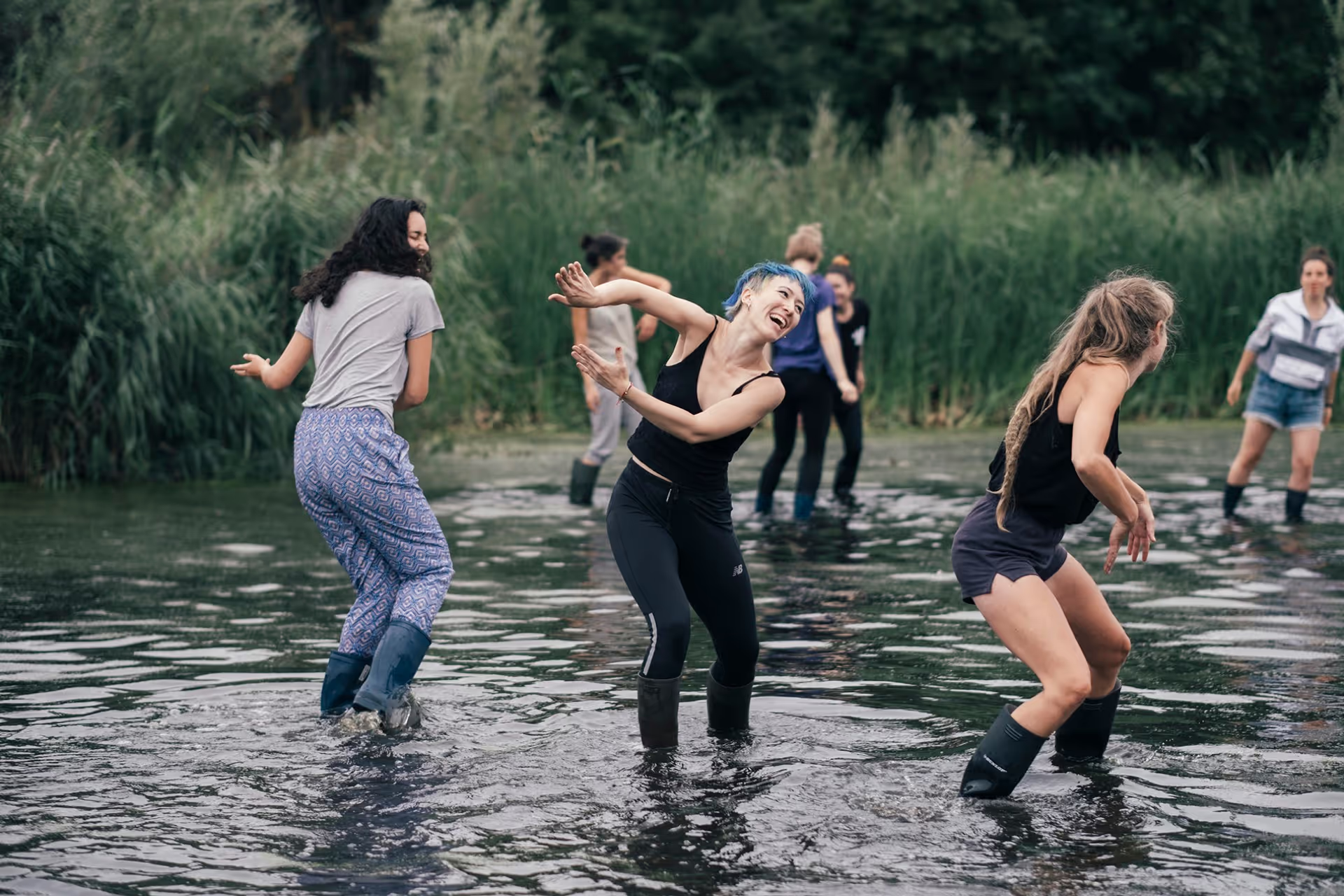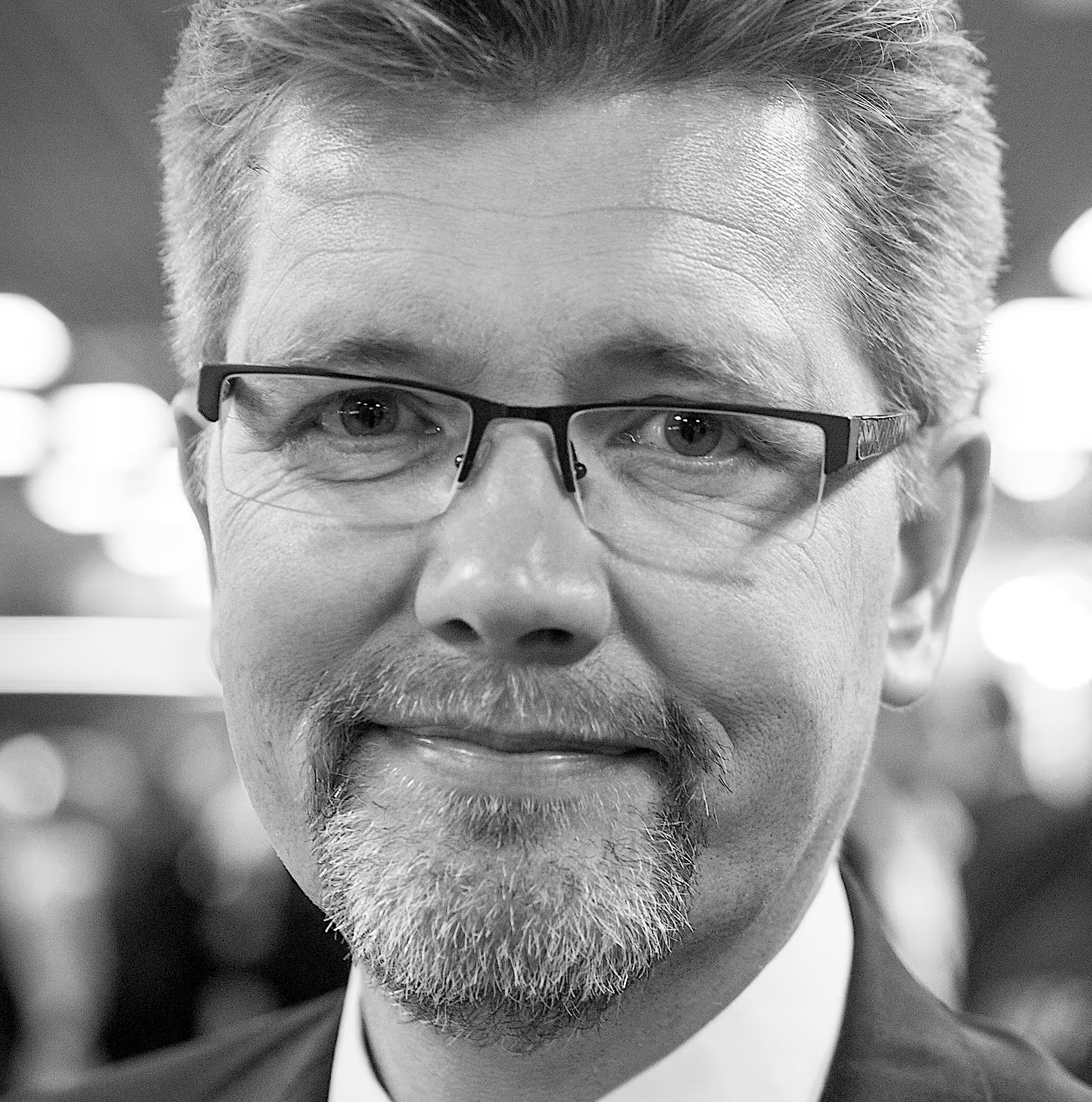Curatorial Statement
For the seventh year in a row, we are opening the doors to the Copenhagen Architecture Festival (CAFx) in Copenhagen. Together with our sister festivals—Odense Architecture Festival in Odense (OAF) and Aarhus Architecture Festival in Aarhus (AAF)—we illuminate a nationwide exploration and celebration of architecture in all its scales and expressions, as a framework for our everyday lives and highlights.
Theme: The Welfare City in Transition
Drawing on the 75th anniversary of the end of World War II and the extensive debate and transformation that post-war welfare architecture and urbanism currently undergo, this year’s festival uses its theme as a prism. We examine how architecture, design, and urban planning from approximately 1945 to 1975 contributed to the construction and development of the welfare state and city, and where we stand today. In the pursuit of the good life and the common good, architecture and urban planning played a key role. The welfare city was expanded as the physical framework of the welfare state—with new democratic housing, infrastructures, green recreational areas, suburbs, and welfare institutions—that liberated and framed citizens’ everyday lives from cradle to grave. But much has changed, and ideals, interests, and needs have shifted.
Historical Shifts and Contemporary Challenges
In short, we explore how our urban and housing development over the last 75 years since the end of World War II has shifted from ideals of “the good life” and the common good towards a more marketable and branding-oriented “liveability” in the age of globalization. This shift is characterized by a competitive state among the world’s cities and a neoliberal turn with increasing inequality and housing prices. Urbanist Kristoffer Weiss has called this movement “from welfare city to prosperity city.” Many of the crises that challenged architects and politicians in the post-war period—such as housing shortages, urbanization, migration, populism, and economic crisis—are reappearing in new forms. In a time when many of the period’s ideal cities like Tingbjerg and Gellerup are facing major transformations due to politically dictated parallel society packages, it is particularly worth revisiting the original social visions behind the welfare city to inspire the present.
Examining the Intersection of Architecture and the Welfare State
During the festival, we aim to examine the intersection between architecture/urban planning and the welfare state, both historically and in relation to the radical urban development currently underway. Questions we consider include:
- To what extent is contemporary urban development regulated?
- Does social engineering continue in “new bottles”?
- How do top-down and bottom-up approaches interact?
- How is the right to the city negotiated then and now, and who are the many new neighborhoods and homes planned for?
Festival Sub-Themes and Regular Features
We explore aspects of this process of change through five sub-themes:
- Cities on Bare Ground
- Myths, Markets, Diversity
- Cultural Heritage – Who What Where
- Human, Nature, and the Anthropocene
- On the Edge
In addition, the program includes the regular features, namely Portraits and Open House.
Expanding the Festival Landscape
This year, we have extended our reach further into the Capital Region along the S-train network in the fingers of the Finger Plan. Events will take place in suburbs and “New Towns” that embody the ideal of a cradle-to-grave welfare city. The festival offers, among other things, an opportunity to visit Farum Midtpunkt, Albertslund, and Gadehavegaard in Høje-Taastrup, as well as Tingbjerg and Kay Fisker’s Voldparken on the outskirts of Copenhagen.
A Critical Perspective on Welfare and Sustainability
We will not simply celebrate welfare as an uncritical narrative of progress or decline. In about 75 years, the welfare state and the welfare city have lifted most Danes up the social ladder and out of poverty. However, the flip side of this achievement is evident today. The growth paradigm—with its infinite resource consumption and building fervor—has contributed to an overwhelming climate crisis. In 2020, five years before Copenhagen is expected to be CO2-neutral and as the social democratic government launches an ambitious climate plan, we have entered the climate battle.
Engaging with Environmental Challenges
Together with the newspaper Politiken, we have invited representatives from the environmentally damaging construction industry to write personal letters to Frank Jensen with advice for the Lord Mayor on achieving CO2 neutrality. This collaboration has resulted in an exhibition at Politiken’s gallery and a publication that frames debates about urban development and sustainability. The central question remains: How can climate initiatives be linked to social justice and welfare in a time of increasing inequality? (For instance, the Yellow Vests in France originated from public dissatisfaction with rising gasoline prices, just as physical measures in vulnerable social housing have sparked protests like Common Resistance.)
Looking Forward: Urban Utopia
The legacy of the welfare city—embodying the ideals of the common good, equality, and the good life—and the challenges that lie ahead are also central themes at this year’s conference, The Welfare City Becoming an Urban Utopia. As crises such as the climate crisis, financial instability, migration, housing shortages, and democratic deficits reemerge, we can learn from the past. However, the path forward must be greener. Urban and housing development must now account for a more diverse and heterogeneous society—where even Statistics Denmark recognizes 37 different family types. The good life must be written in the plural.
Publication: A Critical Reader
In collaboration with the Architect's Publishing House, we are also publishing a bookazine titled The Welfare City – A Critical Reader. This hybrid between a book and a magazine examines aspects of the welfare city in the past, present, and future through historical and contemporary texts, images, and visual culture.
Exhibition at KADK School of Architecture
A series of significant anniversaries has also inspired an exhibition at the KADK School of Architecture’s library. These include the 80th anniversary of Denmark’s occupation, the 75th anniversary of the end of World War II, the 100th anniversary of Denmark’s reunification with Schleswig, and the 30th anniversary of German reunification. The exhibition, Watch more TV! by renowned German architect Arno Brandlhuber and filmmaker Christopher Roth, examines the role of architecture in society through a film format with local cases. Produced in collaboration with KADK, it also offers a sneak peek at this year’s Venice Biennale, curated by Brandlhuber+ through the German pavilion. Debates and talks with international and Danish voices will accompany the exhibition and be transmitted across various digital channels.
Festival Program Highlights
The festival offers spiritual and physical nourishment for every taste. With over 150 events—including city walks, seminars, film screenings, workshops, readings, exhibitions, conferences, open houses, and debates—the program spans a cornucopia of spatial typologies. It is certain and true: architecture touches us all as the framework of our lives.

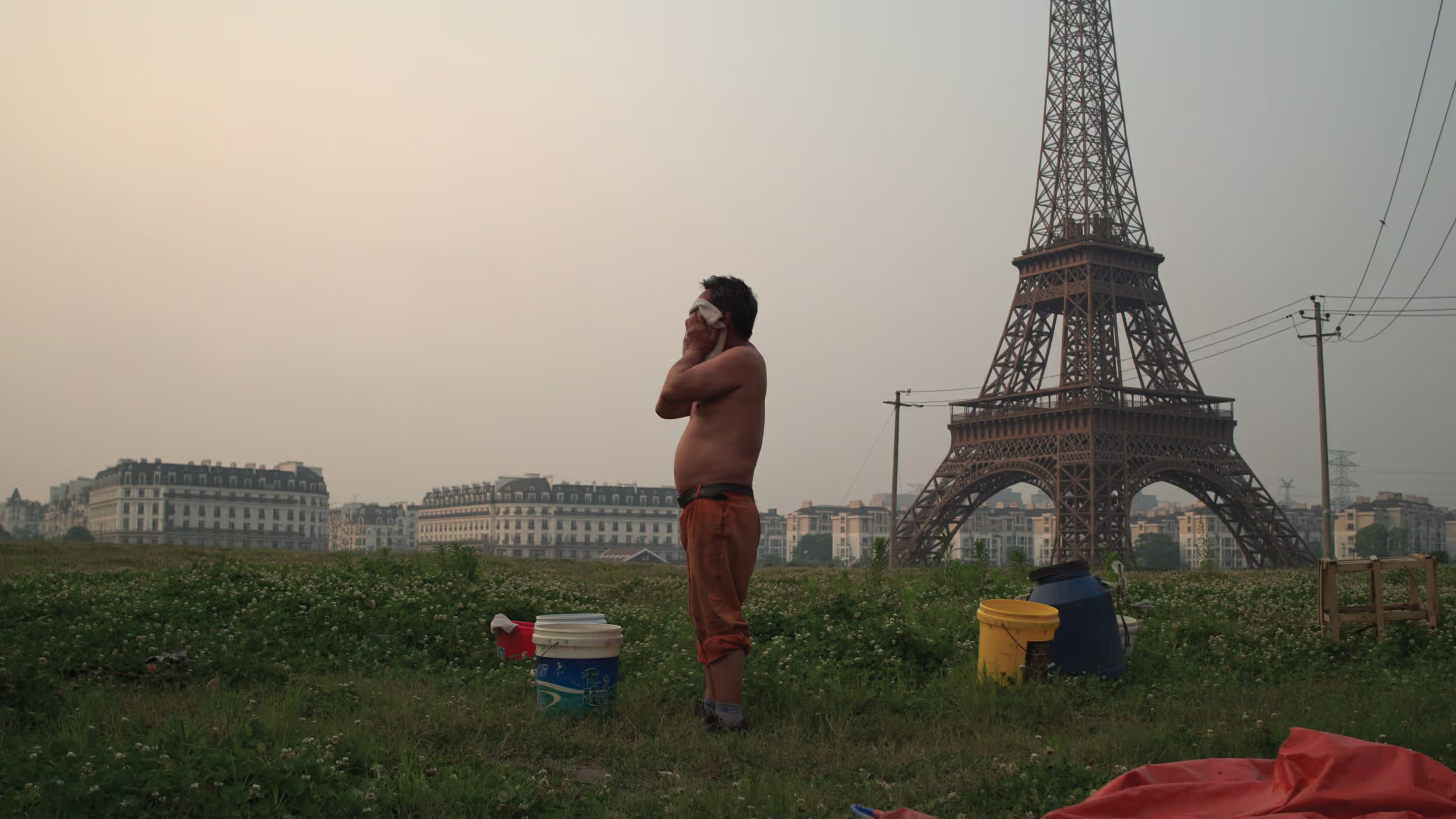




.avif)

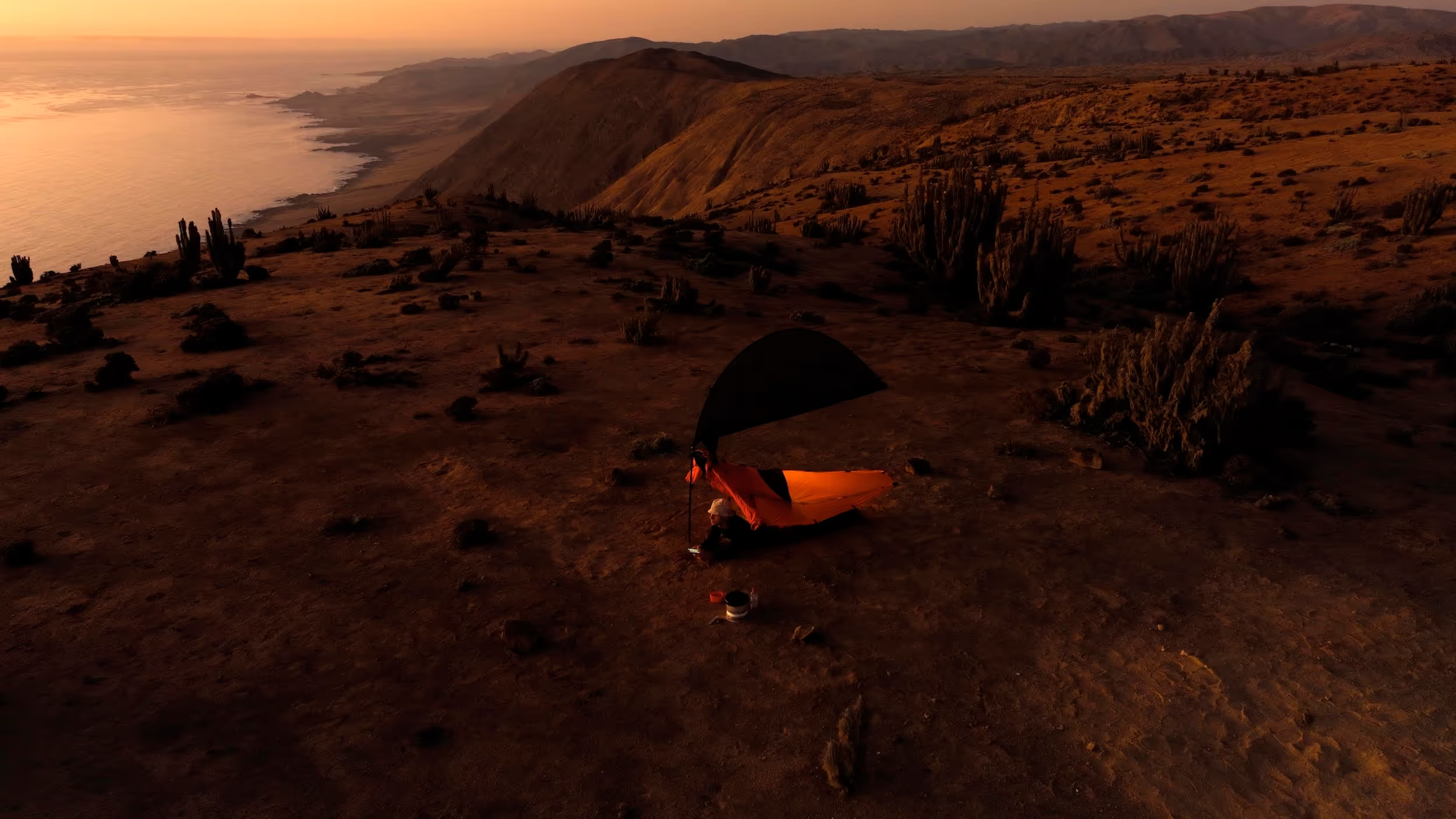

(2)Large.avif)



